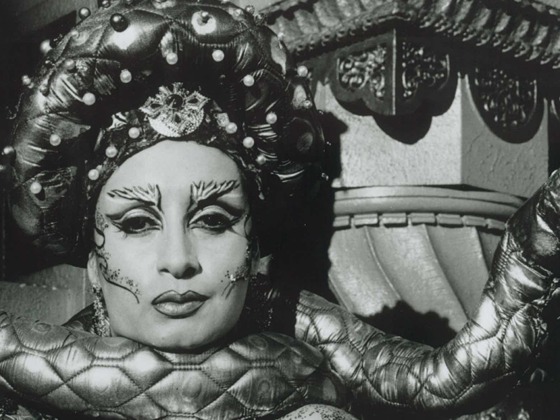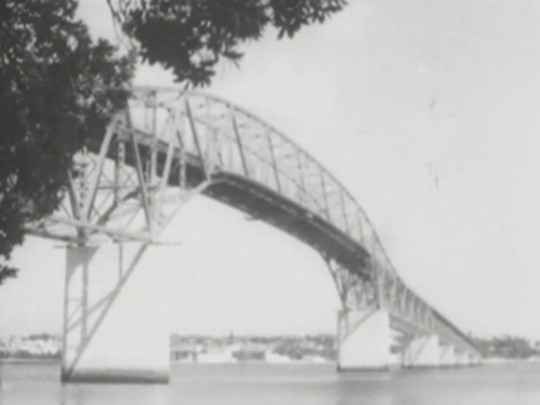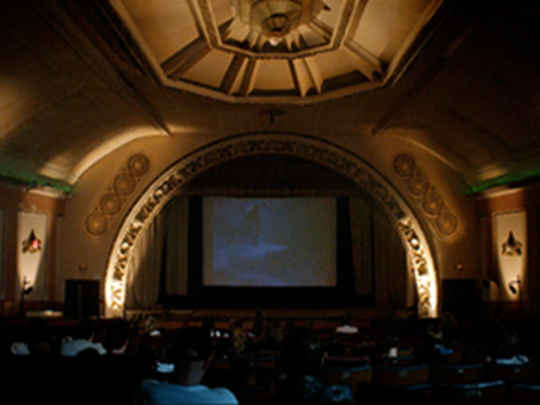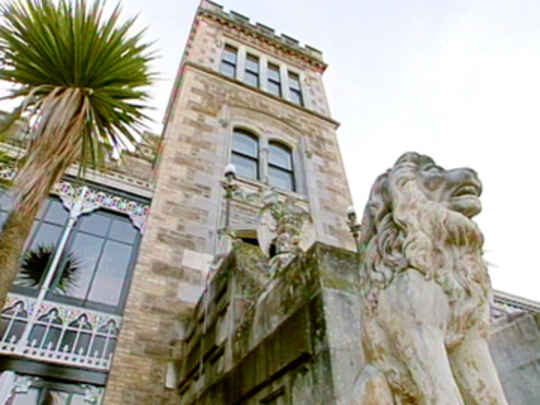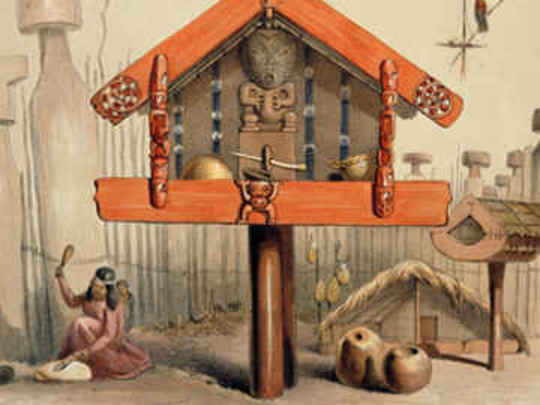The Mighty Civic
Television (Excerpts) – 1988
A Perspective
As a published writer and poet with a strong interest in themes of the past and imagination, it was natural that Peter Wells would be attracted to the medium of film. His earliest works, of which this is one, were made in close artistic collaboration with director and editor Stewart Main. Together they shared a colourful, highly stylised aesthetic derived from a mixture of influences — Hollywood melodramas, the New Wave German cinema of Rainer Werner Fassbinder, and literary "magical realism".
In the later 80s, the New Zealand Film Commission invested periodically in documentaries, and the effect of this policy on developing talent can be seen clearly in the credits of this film, which contain no less than four important directors and a producer who would also be active in numerous short film projects.
The Mighty Civic can be seen as a natural stepping stone for Wells after an earlier, shorter documentary made in very much the same style, The Newest City on the Globe (1986), which portrayed the town of Napier as a kind of Jazz Age art deco fairyland. Ironically, within a few short years, the town seemed to take the hint, and fully embraced its architectural uniqueness, leading to something of a civic makeover.
That was still in the future when Wells embarked on the Auckland film, prompted by concerns that the building he loved might be under threat after the reversion of its lease to the city in 1993. There was certainly cause for concern, given the fate of other Auckland landmarks during the 1980s.
Wells did not have to embellish or augment much in the over-the-top décor of the Civic, to turn it into a spectacular playground for childhood memories and long-forgotten scandals. The vivid lighting masterfully uses colour and shadow to banish the seedy air of neglect that the building had in those pre-restoration days, and evoke the palace of imagination in the director's head.
The film strikes a neat balance between the fanciful and the historic, though Wells' taste in the latter runs more to intrigue than dry facts. The recreations of Freda Stark's legendary naked appearances as a gilded statue are particularly striking in conjunction with the scandalous personal history she recounts.
As with Napier, history would ultimately be kind to the subject of The Mighty Civic. The film did indeed galvanise public support, and ultimately the building was saved and refurbished to remain the crown jewel of Queen Street's cinema district.
- The work of writer and filmmaker Costa Botes includes a run of documentaries, among them Angie, Struggle No More and The Last Dogs of Winter.
